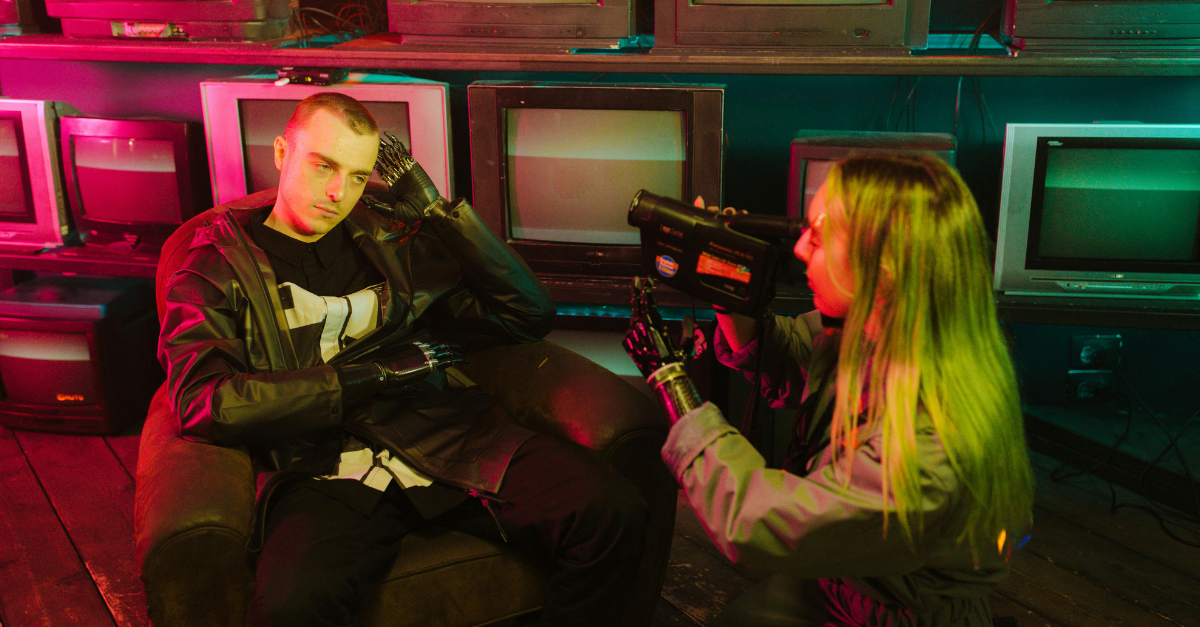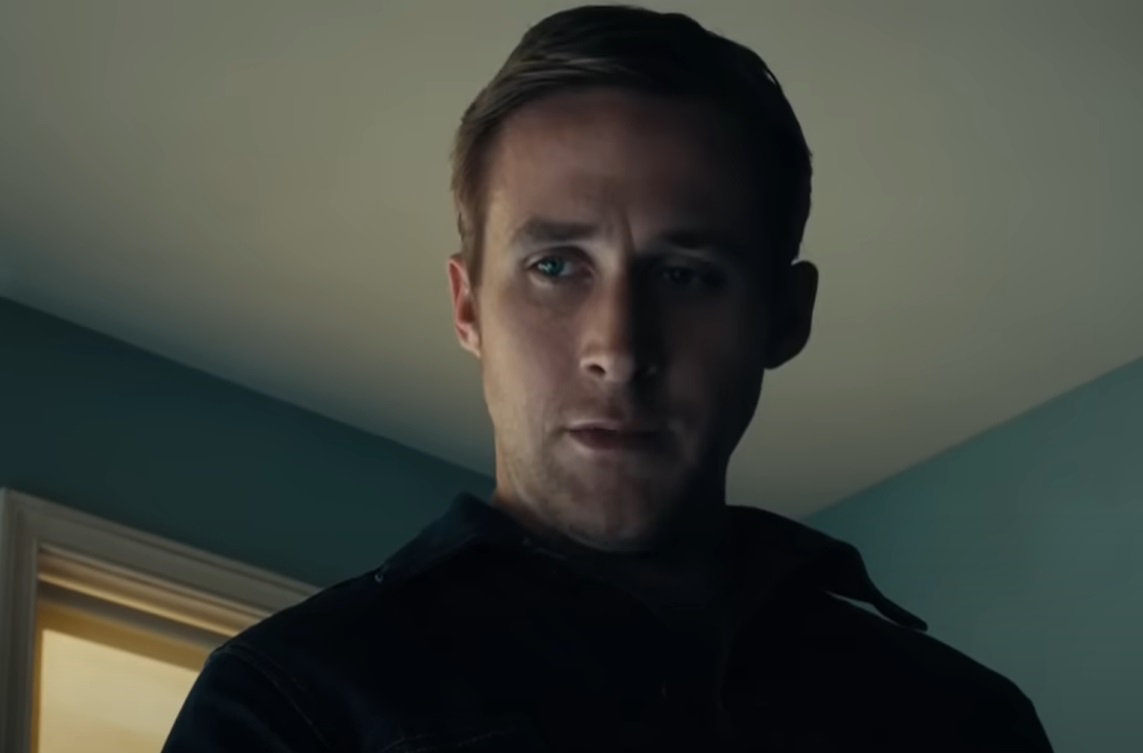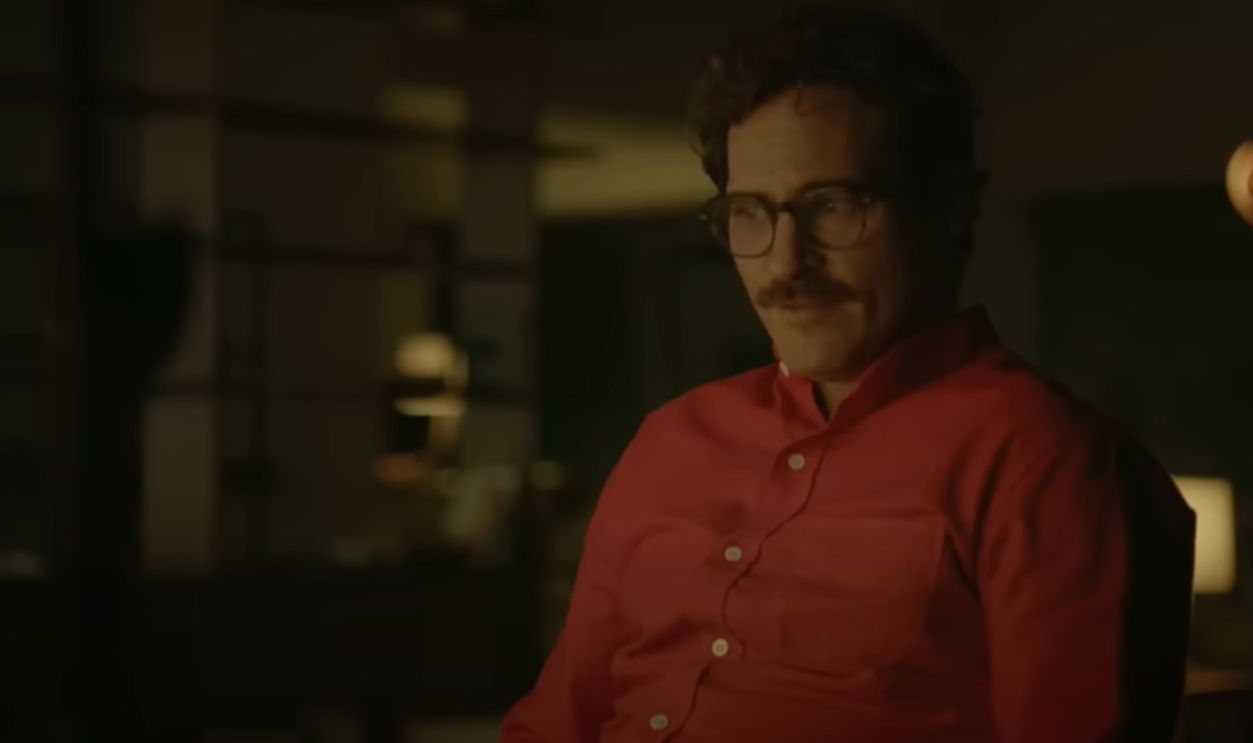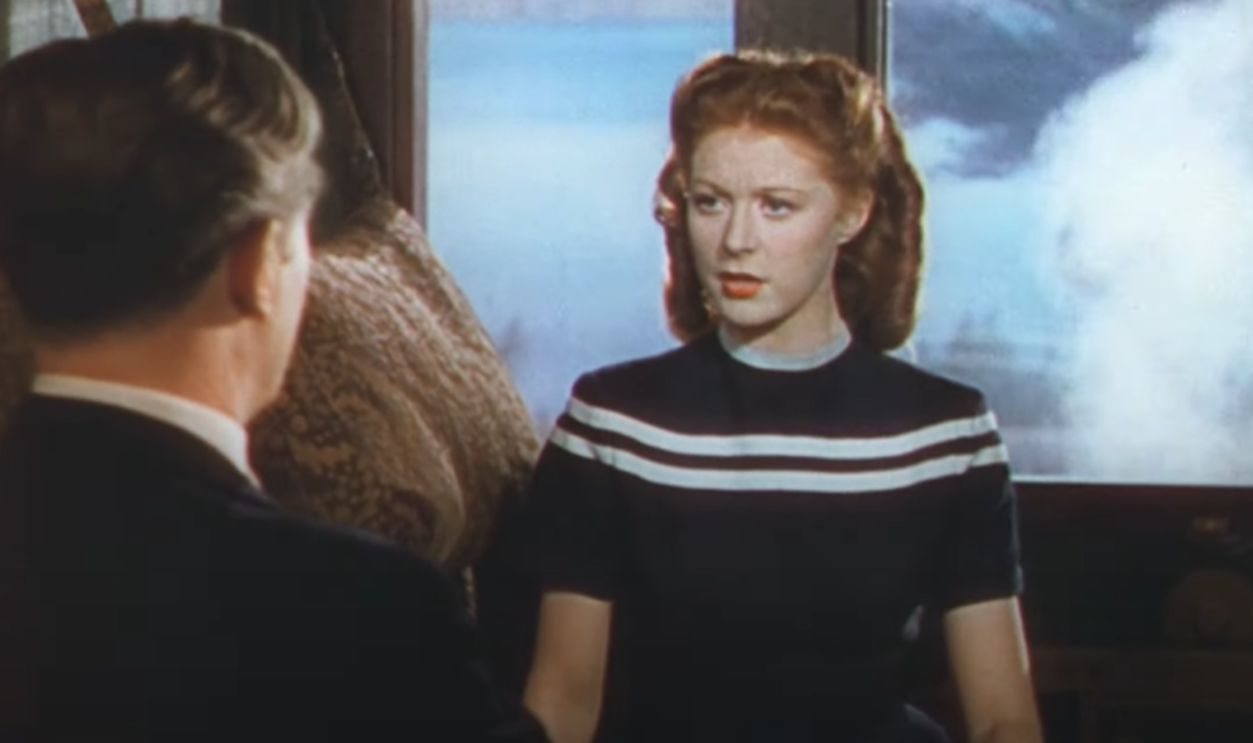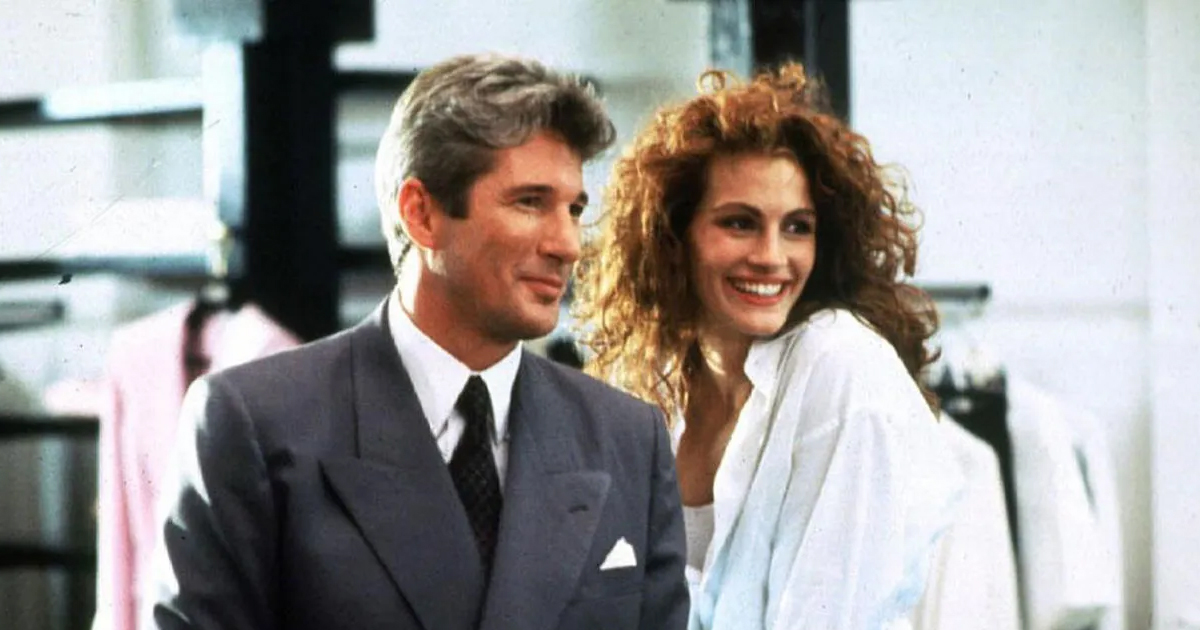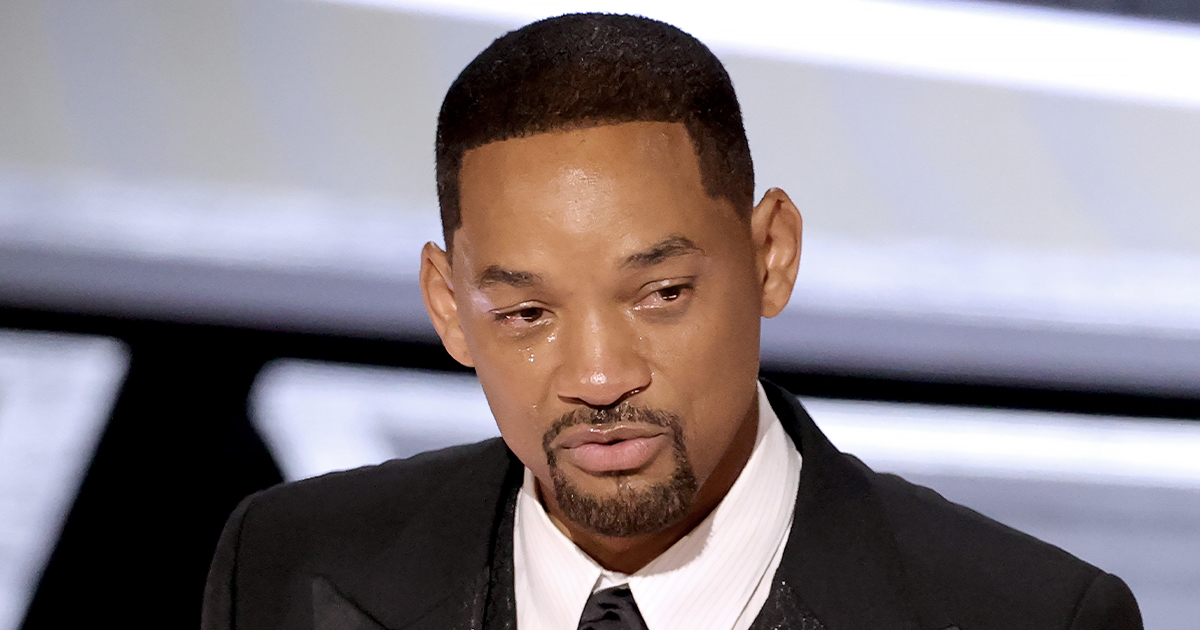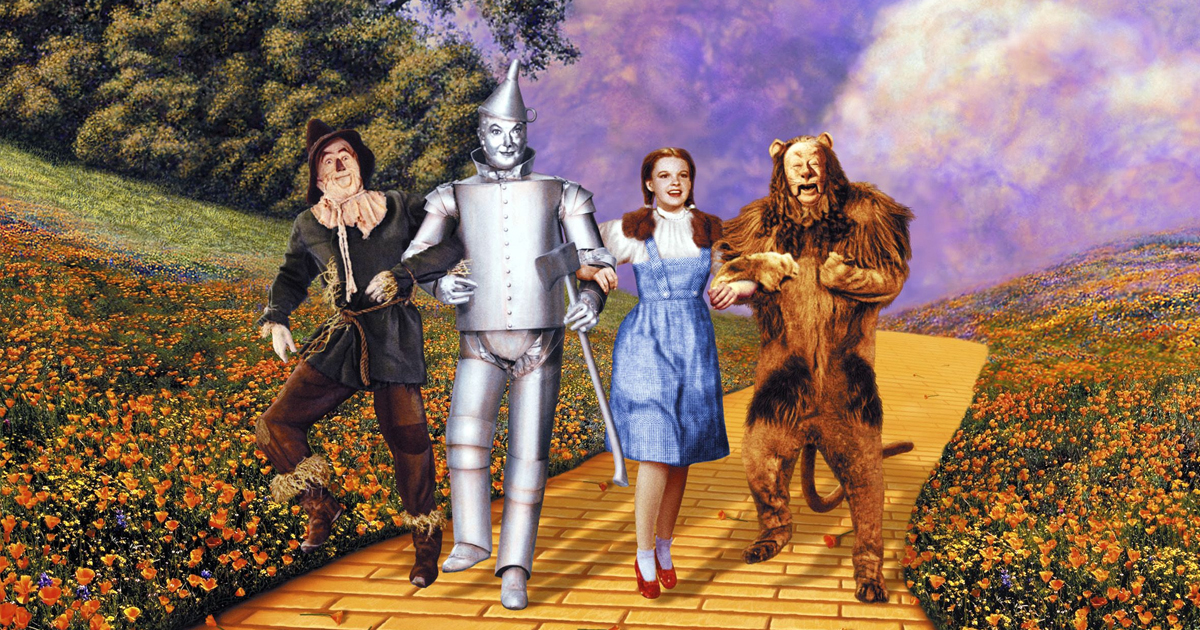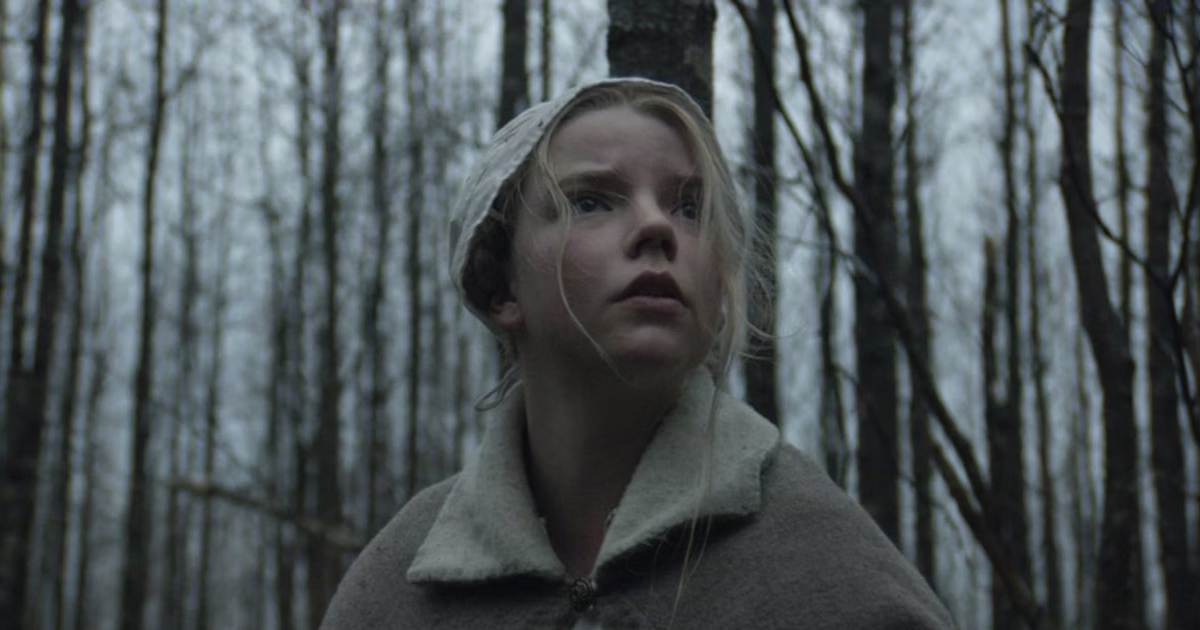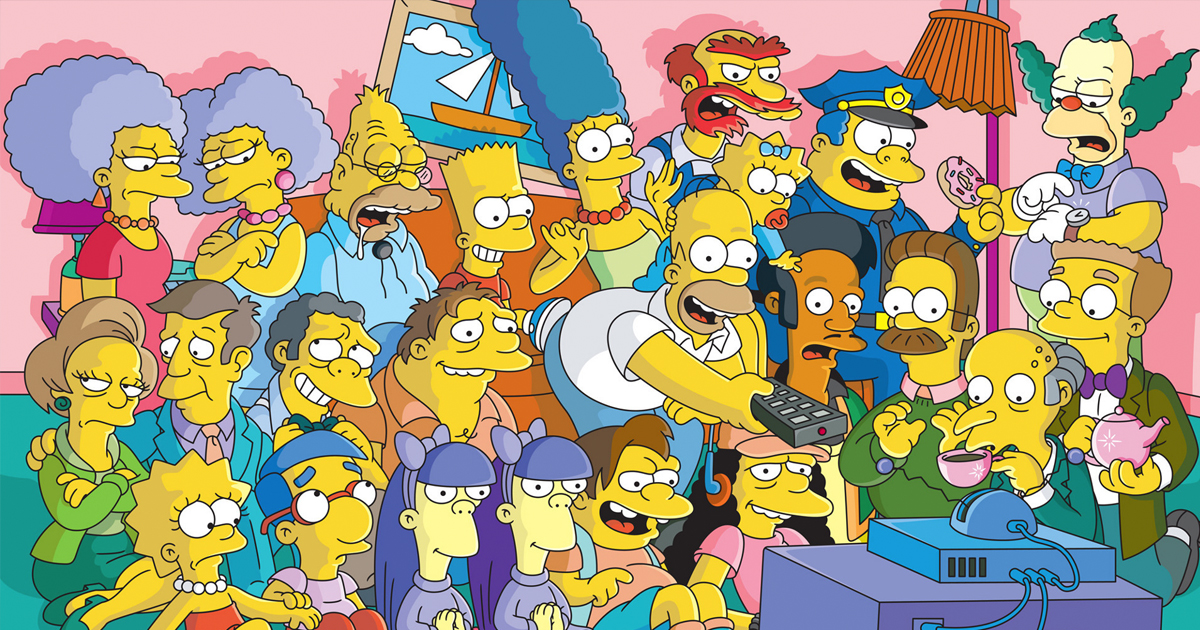Paint The Town
Color isn’t just about aesthetics—it’s about mood, memory, emotion, and meaning. From Technicolor wonders to modern neon-noir dreamscapes, filmmakers have always known that visual splendor can say what words cannot. This list dives into 21 films that turned their color palettes into emotional magic wands, with choices spanning surreal musicals, painterly period pieces, and some of the most gorgeously saturated heartbreak ever projected on a screen.
Drive
Nicolas Winding Refn's Drive (2011) is a case study in how modern films use color as a moodboard. Bathed in pulsing pink neons and icy blues, every color tells you something about The Driver's internal world. The now-iconic hot pink title font, set against the synth-heavy soundtrack, is pure ‘80s pop noir heaven.
Amélie
Jean-Pierre Jeunet’s Amélie (2001) is like flipping through a Parisian storybook where red, green, and gold dominate every frame. The saturated hues reflect Amélie’s whimsical view of the world—and her desire to inject joy into the lives of strangers. With warm yellows bathing the streets of Montmartre and crimson touches popping in her wardrobe and surroundings, the film’s color scheme is as imaginative and detailed as its heroine.
 Amélie (2001) Official Trailer 1 - Audrey Tautou Movie, Rotten Tomatoes Classic Trailers
Amélie (2001) Official Trailer 1 - Audrey Tautou Movie, Rotten Tomatoes Classic Trailers
The Wizard Of Oz
When Dorothy opens that drab farmhouse door and walks into Technicolor Oz, it’s one of the most iconic transitions in cinema history. The Wizard of Oz (1939) wasn’t just a visual milestone—it was a full-blown revolution. The Emerald City practically glows, and the Yellow Brick Road became an instant metaphor for cinematic possibility. Color didn’t just add flair—it turned a fantasy into something unforgettable.
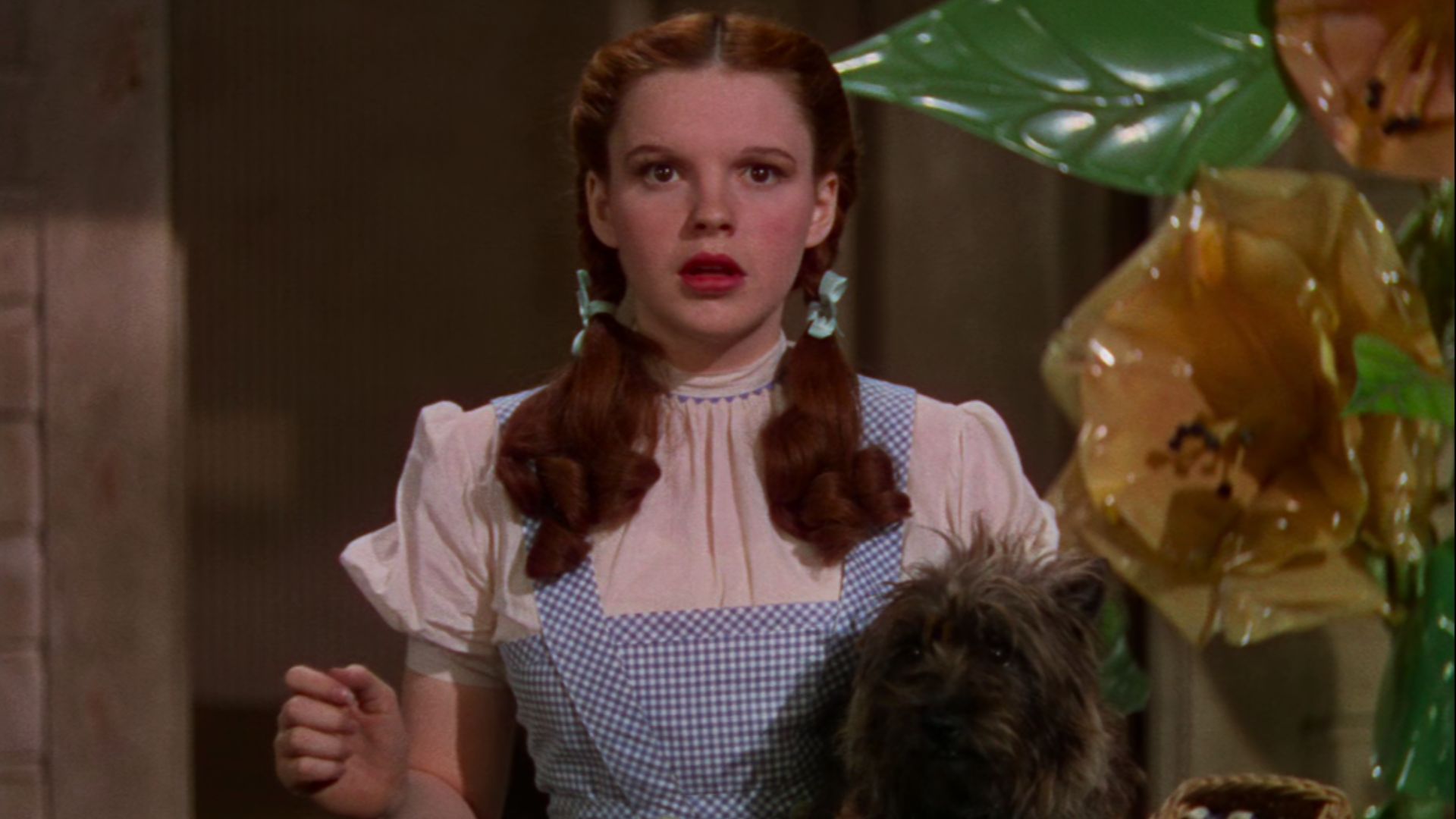 ImChessFan21, Wikimedia Commons
ImChessFan21, Wikimedia Commons
The Fall
Tarsem Singh’s The Fall (2006) is a love letter to visual opulence. Shot in over 20 countries using no CGI, the film is a feast of surreal color and architectural beauty. Each storytelling sequence, spun from the imagination of a bedridden stuntman, bursts with symbolic palettes: royal reds for vengeance, azure blues for mystery, golds for mythical majesty.
 The Fall (2006) Trailer #1 | Movieclips Classic Trailers, Rotten Tomatoes Classic Trailers
The Fall (2006) Trailer #1 | Movieclips Classic Trailers, Rotten Tomatoes Classic Trailers
The Grand Budapest Hotel
Wes Anderson’s films are synonymous with meticulous color schemes, and The Grand Budapest Hotel (2014) may be his magnum opus of pastel perfection. With its candy-pink exteriors, lilac uniforms, and bold matte reds, the movie operates like a tiered cake—layered, playful, and immaculate.
 The Grand Budapest Hotel Official Red Band Trailer (2014) HD, FilmIsNow Movies
The Grand Budapest Hotel Official Red Band Trailer (2014) HD, FilmIsNow Movies
Black Narcissus
Powell and Pressburger’s Black Narcissus (1947) weaponizes Technicolor to disturbing effect. Set in a Himalayan convent, the film’s deep reds and velvet blues clash with religious whites, symbolizing suppressed desires and spiritual unraveling. The haunting use of color isn’t just pretty—it’s psychosexual. When Sister Ruth spirals into madness, the hues practically combust.
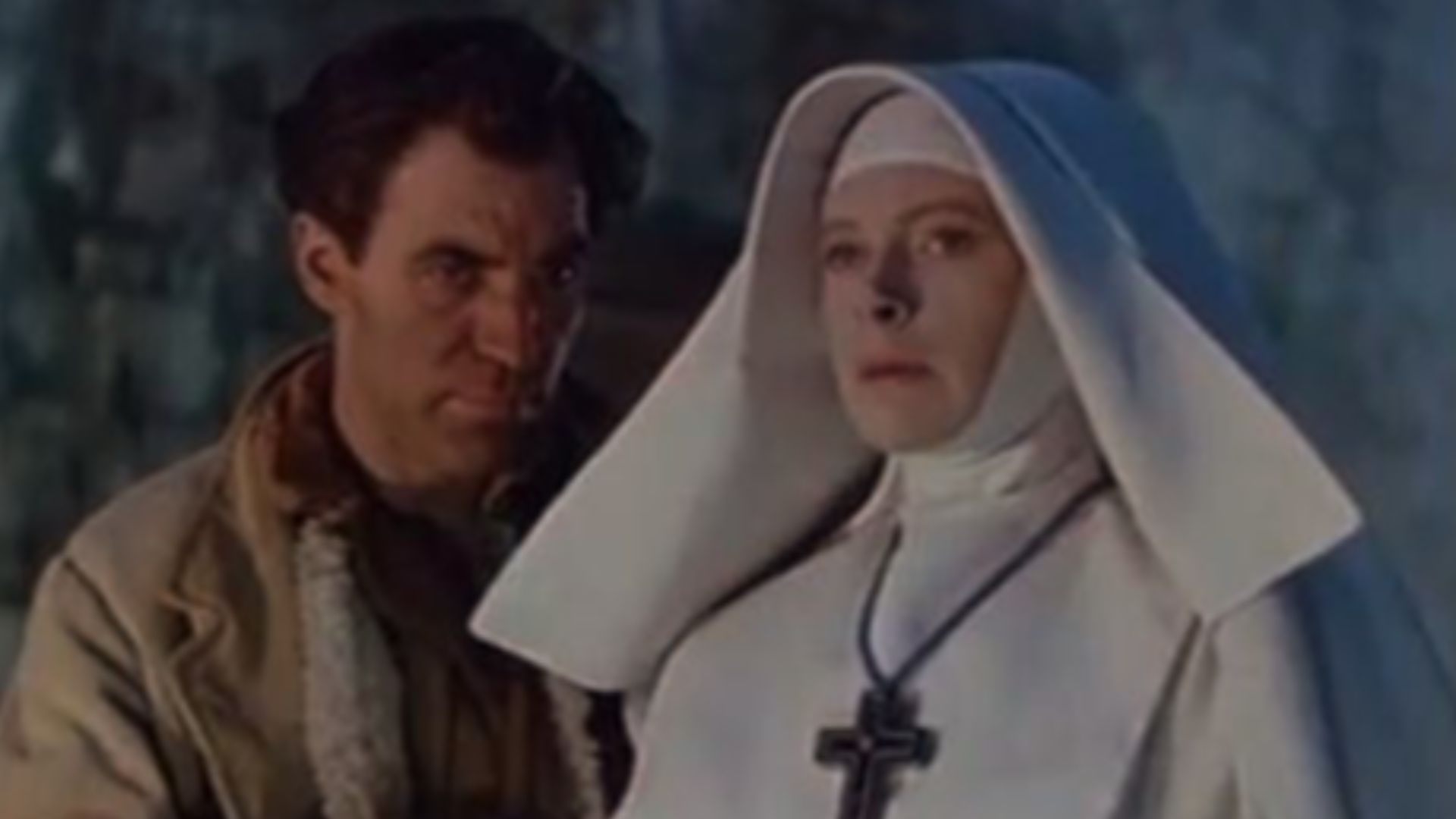 trailer screenshot (The Archers Prod.), Wikimedia Commons
trailer screenshot (The Archers Prod.), Wikimedia Commons
The Leopard
Luchino Visconti’s The Leopard (1963) is Italian aristocracy in visual form. Golds, ambers, and ochres wash over palatial halls and decadent ballrooms, mirroring the opulence of a world on the brink of the end. Cinematographer Giuseppe Rotunno’s color work is so painterly that the film could hang in a museum.
 The Leopard (1963) ORIGINAL TRAILER [HD], HD Retro Trailers
The Leopard (1963) ORIGINAL TRAILER [HD], HD Retro Trailers
The Conformist
Bernardo Bertolucci’s The Conformist (1970) is one of cinema’s most stylized political thrillers. With its chiaroscuro lighting and avant-garde color usage, the film makes Italy look disturbingly gorgeous. Cool blues, sterile whites, and bursts of orange set a stage that feels both hyperreal and psychologically fractured—a color-coded descent into moral compromise.
 The Conformist (1970) Original Trailer [HD], HD Retro Trailers
The Conformist (1970) Original Trailer [HD], HD Retro Trailers
Days Of Heaven
Terrence Malick’s Days of Heaven (1978) is famous for its use of “magic hour”—that brief window when the sun dips just enough to bathe the world in gold. With wheat fields glistening like brushstrokes, the film feels almost biblical in its beauty. Natural light, muted earth tones, and golden twilight create a romantic yet tragic atmosphere that’s both ephemeral and eternal.
 Days of Heaven (1978) - Terrence Malick (Trailer) | BFI, BFITrailers
Days of Heaven (1978) - Terrence Malick (Trailer) | BFI, BFITrailers
Hero
Zhang Yimou’s Hero (2002) plays like a visual symphony. Each chapter of the Rashomon-style narrative is color-coded: red for passion, white for truth, green for memory, blue for sadness. This use of symbolic color isn’t just stunning—it’s integral to the storytelling.
 Hero (2002) Official Trailer 1 - Jet Li Movie, Rotten Tomatoes Classic Trailers
Hero (2002) Official Trailer 1 - Jet Li Movie, Rotten Tomatoes Classic Trailers
In The Mood For Love
Wong Kar-wai’s In the Mood for Love (2000) is sensuality incarnate. With deep reds, jade greens, and honey-gold lighting, the film oozes repressed longing. Maggie Cheung’s cheongsams echo the shifting emotional textures, and Christopher Doyle’s cinematography makes every hallway glow like a memory.
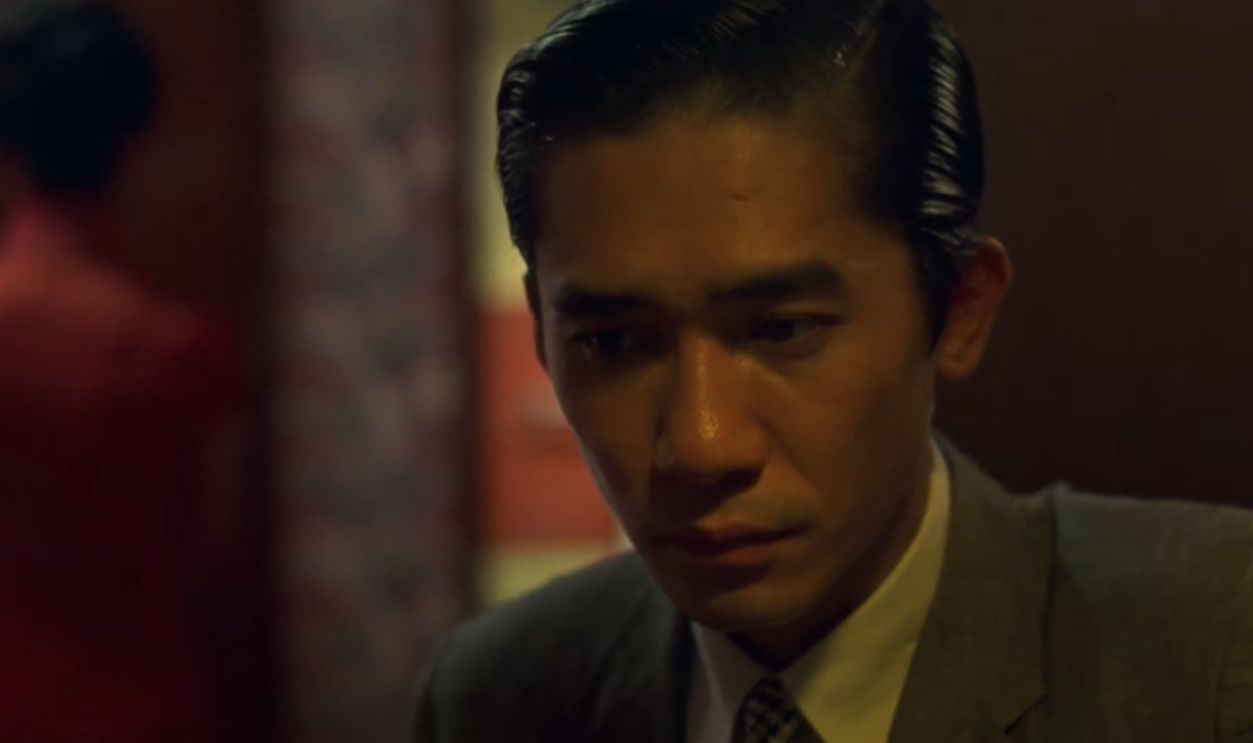 IN THE MOOD FOR LOVE | Official Trailer | 20th Anniversary Restoration, MUBI
IN THE MOOD FOR LOVE | Official Trailer | 20th Anniversary Restoration, MUBI
Schindler’s List
Steven Spielberg’s Schindler’s List (1993) is famously shot in black and white—but then comes that coat. The red-cloaked little girl wandering through a disaster zone is one of the most powerful uses of color in cinema. It’s a piercing emotional thread, a symbol of innocence, and a visual lifeline that cuts through the desaturation like a scream.
The Umbrellas Of Cherbourg
This French musical from Jacques Demy (1964) bathes every wall, coat, and lamppost in bright, saturated color. The wallpaper alone deserves an Oscar. With songs replacing all spoken dialogue, the visuals carry much of the emotional load—pastels morph with mood, creating a palette that’s as romantic and melancholic as the love story at its center.
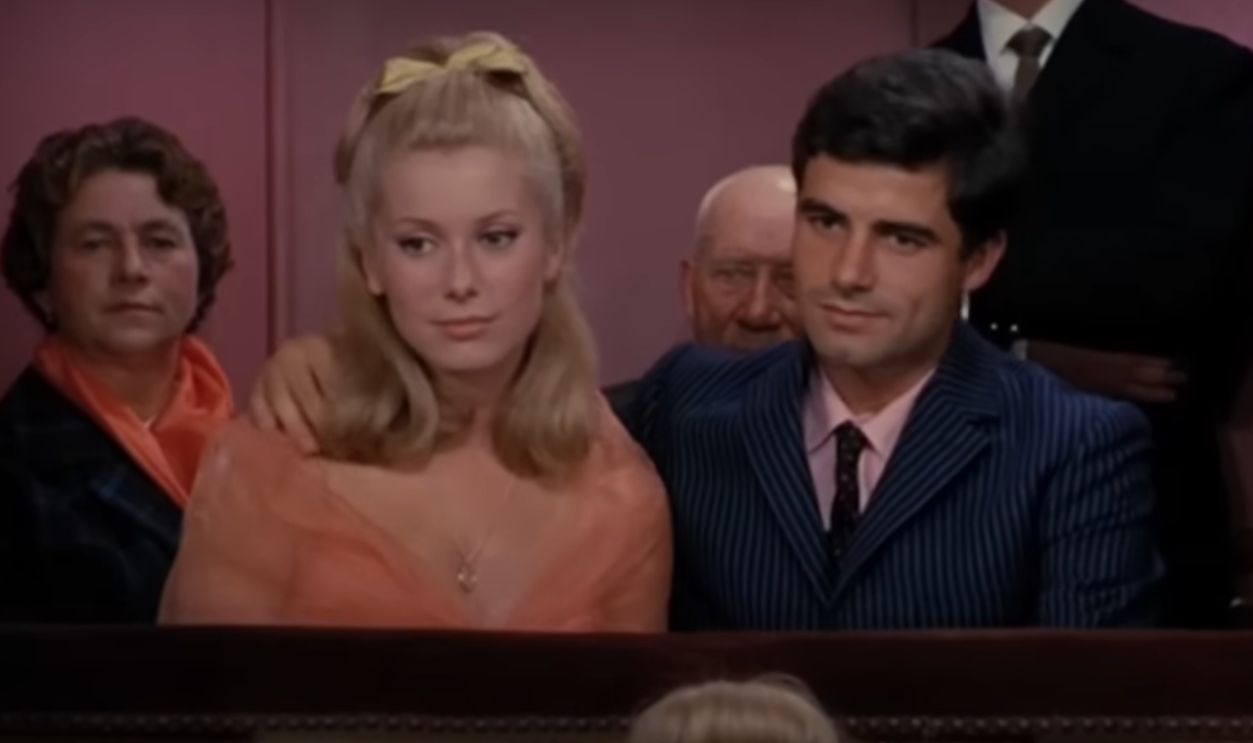 THE UMBRELLAS OF CHERBOURG - Official Trailer - 50th Anniversary, StudiocanalUK
THE UMBRELLAS OF CHERBOURG - Official Trailer - 50th Anniversary, StudiocanalUK
Her
Spike Jonze’s Her (2013) gives us a future we’d actually want to live in—because it looks like an Instagram filter dream. Coral reds, warm oranges, and pastel hues dominate, making a lonely near-future feel comfortingly nostalgic. Even the color of Theodore’s shirts matters: soft reds reflect vulnerability and romanticism in a tech world without chrome or coldness.
Blade Runner
Ridley Scott’s Blade Runner (1982) may be dystopian, but it’s drenched in neon. Magentas, acid greens, cobalt blues—this is cyberpunk at its finest. The perpetual rain glistening off the saturated streets turns the city into a living circuit board. More than atmosphere, the colors feel like part of the world’s DNA: synthetic, dangerous, seductive.
 Blade Runner (1982) Pris Meets Sebastian by el toro
Blade Runner (1982) Pris Meets Sebastian by el toro
Se7en
David Fincher’s Se7en (1995) is not colorful in the traditional sense—it’s anti-color. The sickly yellow-green tint makes every scene feel diseased, decaying. It’s a noir twist on the palette, where even daylight looks contaminated. The absence of bright hues turns the film into a grim urban hellscape, matching its nihilistic heart.
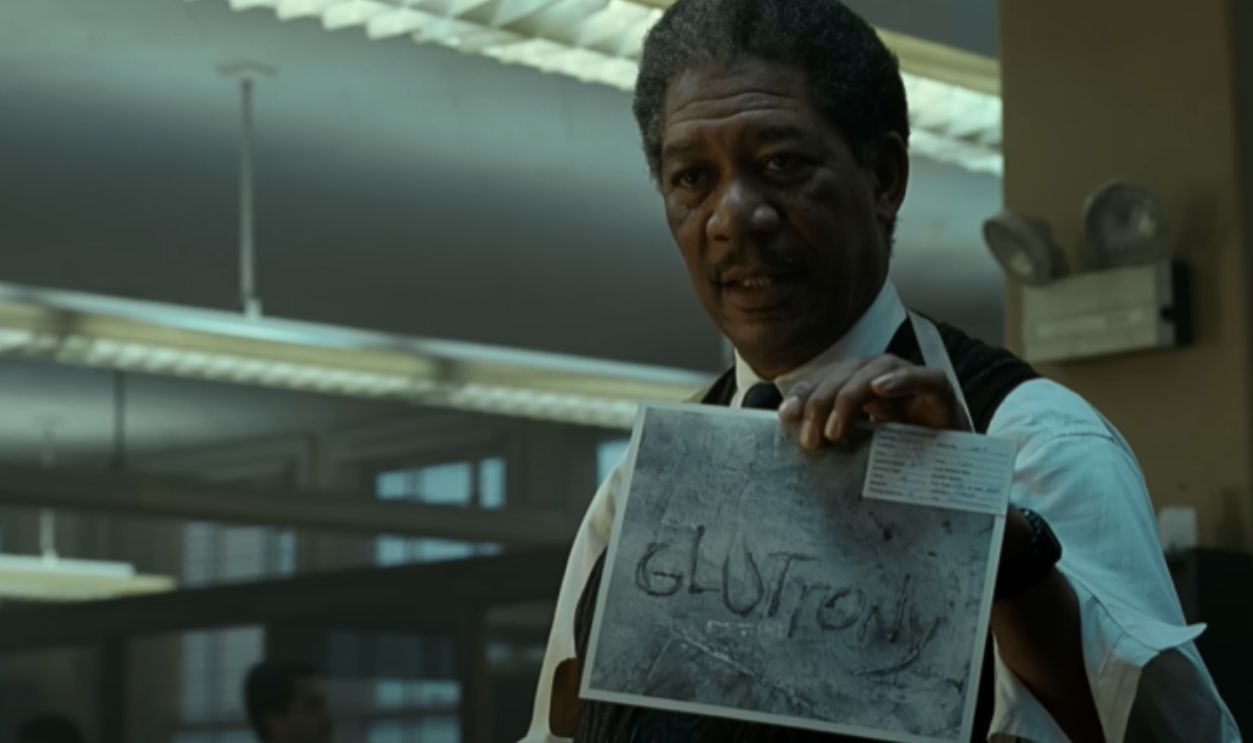 Seven | Official Trailer 4K Ultra HD | Warner Bros. Entertainment, Warner Bros. Entertainment
Seven | Official Trailer 4K Ultra HD | Warner Bros. Entertainment, Warner Bros. Entertainment
The Red Shoes
Powell and Pressburger strike again with The Red Shoes (1948), where ballet becomes visual poetry. The titular shoes are so vividly red they seem mythic. The 17-minute ballet sequence is a masterclass in cinematic expressionism, blending stage and fantasy with Technicolor dream logic.
To Catch A Thief
Alfred Hitchcock’s To Catch a Thief (1955) is eye candy wrapped in suspense. Set on the French Riviera, the film flaunts azure waters, sun-drenched stone, and Grace Kelly in ice-blue gowns against firework-lit skies. It’s Old Hollywood glamour at its most decadent, with color serving as seduction and spectacle.
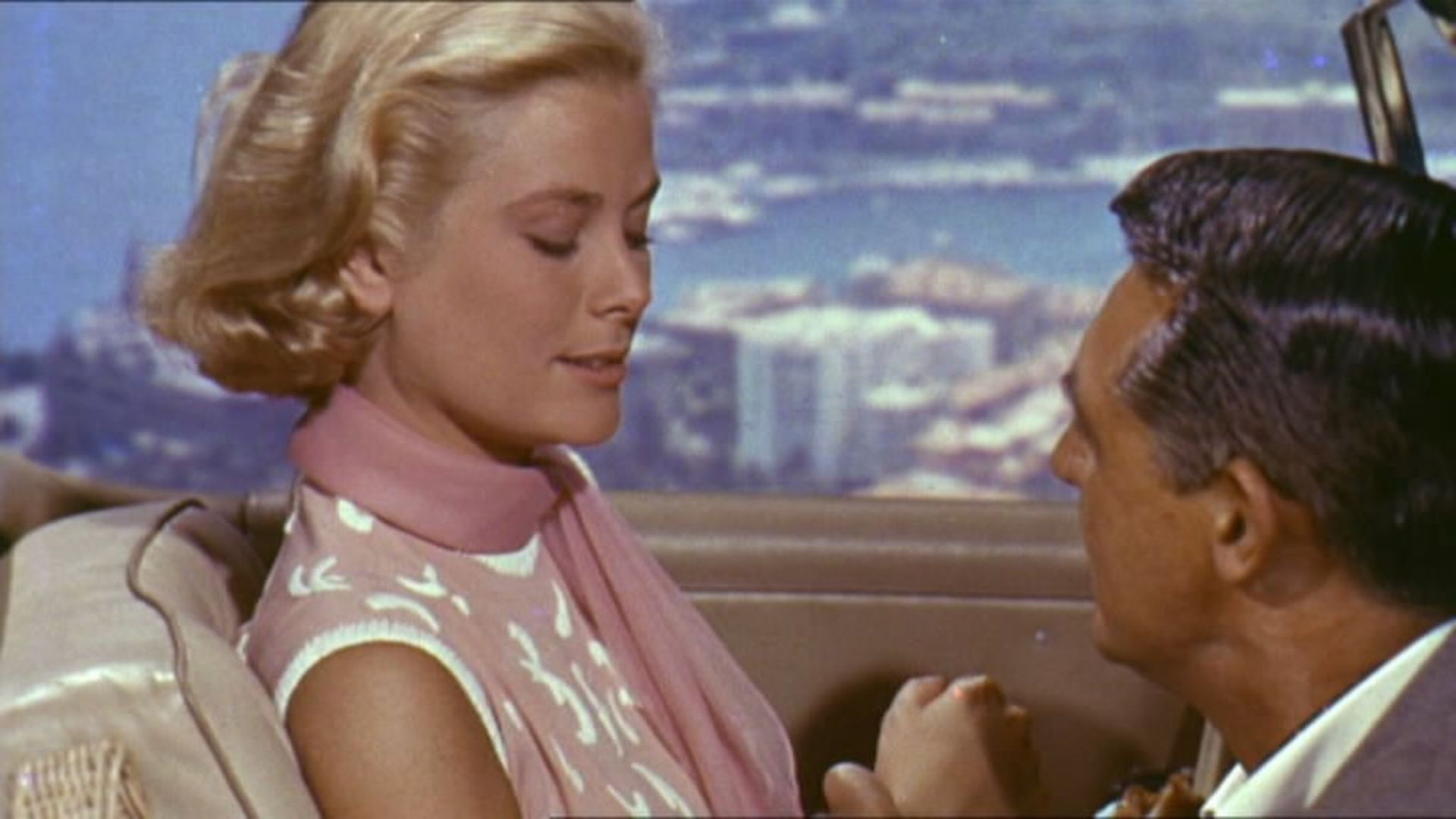 Trailer screenshot, Wikimedia Commons
Trailer screenshot, Wikimedia Commons
Spirited Away
Hayao Miyazaki’s Spirited Away (2001) is a kaleidoscope of wonder. From the glowing reds of the bathhouse to the rich greens of enchanted forests, every hue serves to make the fantastical feel grounded. The way colors shift depending on Chihiro’s emotional journey—from fear to empowerment—is as masterful as any spell cast in the story.
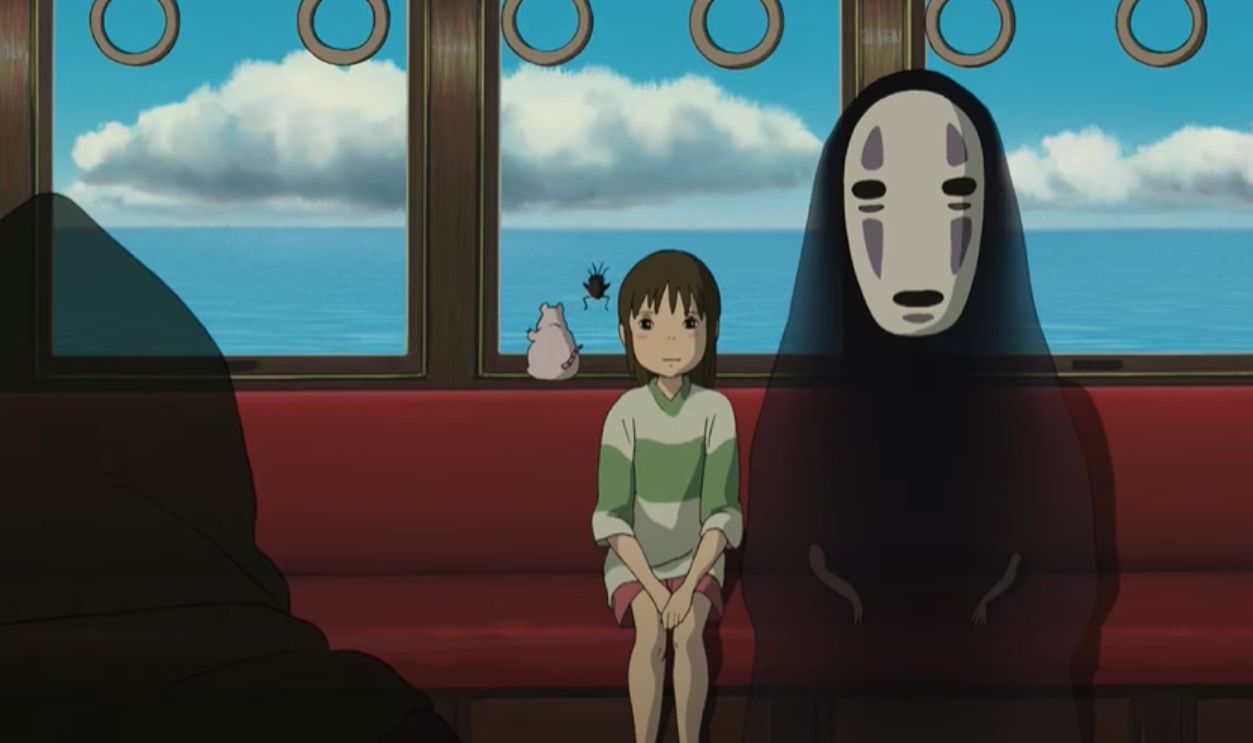 SPIRITED AWAY | Official English Trailer, GKIDS Films
SPIRITED AWAY | Official English Trailer, GKIDS Films
The Great Beauty
Paolo Sorrentino’s The Great Beauty (2013) is a swirling, boozy dance through Roman decadence. Deep blues, crimson curtains, golden statues—it’s Fellini by way of Instagram. The film explores existential ennui with visuals that seduce the eye even as the soul aches. Every sunset looks like it was painted by a melancholy god.
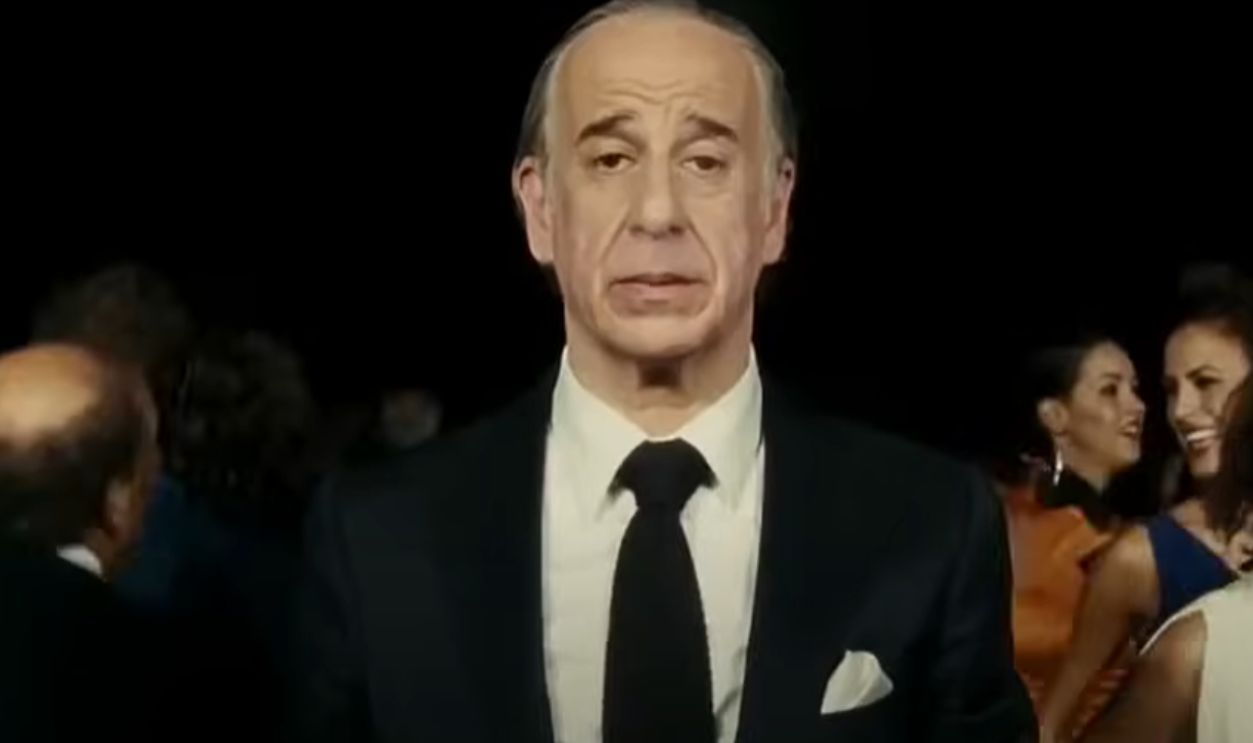 The Great Beauty Official Trailer #1 - Paolo Sorrentino Movie HD, Rotten Tomatoes Trailers
The Great Beauty Official Trailer #1 - Paolo Sorrentino Movie HD, Rotten Tomatoes Trailers
Lawrence Of Arabia
David Lean’s epic (1962) is the desert as epic poem. Golden sands stretching forever, turquoise skies, and those stark black robes—Lawrence of Arabia uses natural color like a brushstroke. The cinematography doesn’t just capture scale—it mythologizes it. It’s an argument for watching films on the biggest screen possible.
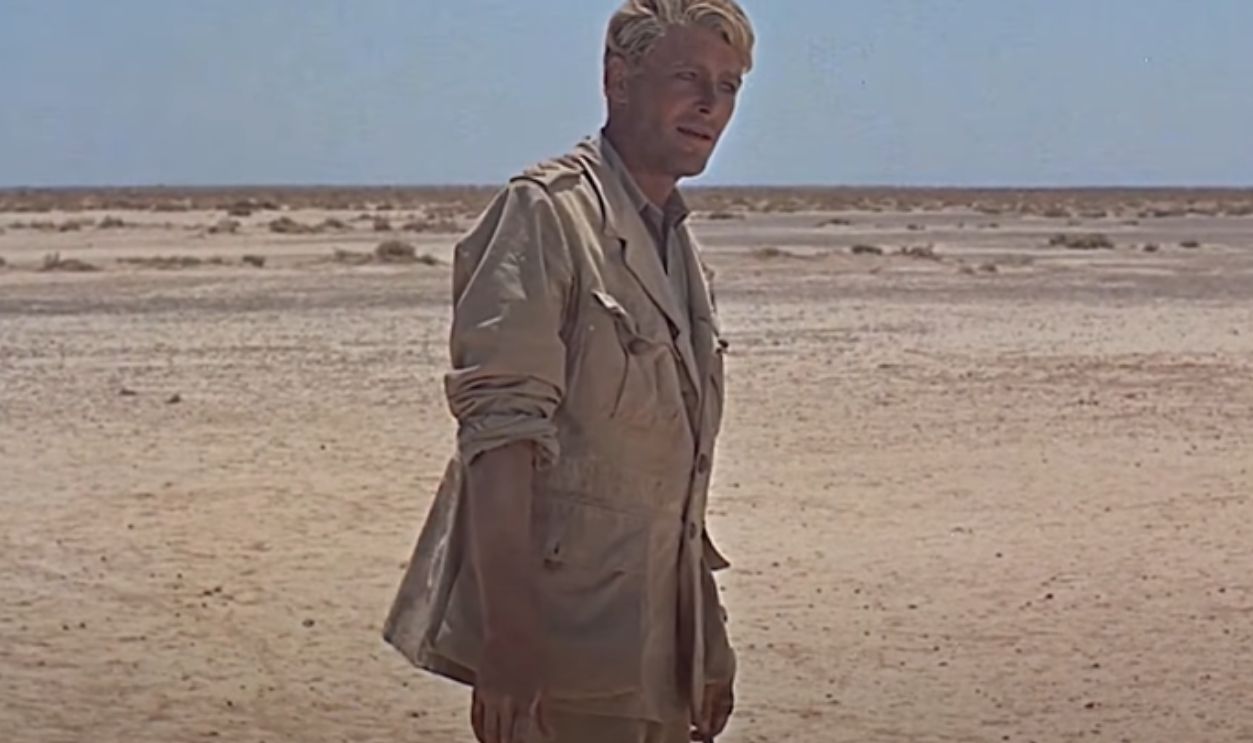 Lawrence of Arabia (1962) Trailer #1 | Movieclips Classic Trailers, Rotten Tomatoes Classic Trailers
Lawrence of Arabia (1962) Trailer #1 | Movieclips Classic Trailers, Rotten Tomatoes Classic Trailers
You May Also Like:
Blockbuster Hits Everyone Forgot About
Actors Who Made A Fortune From Just One Franchise

